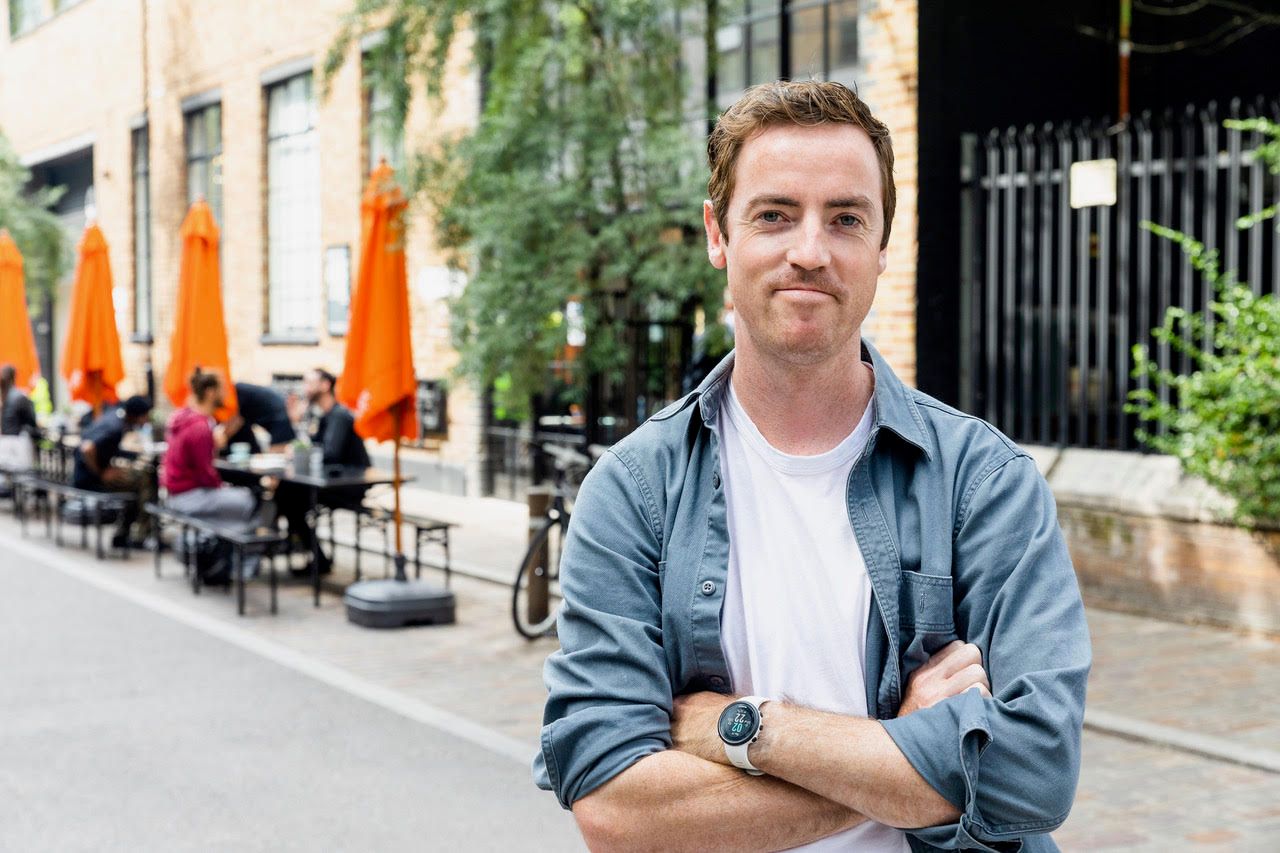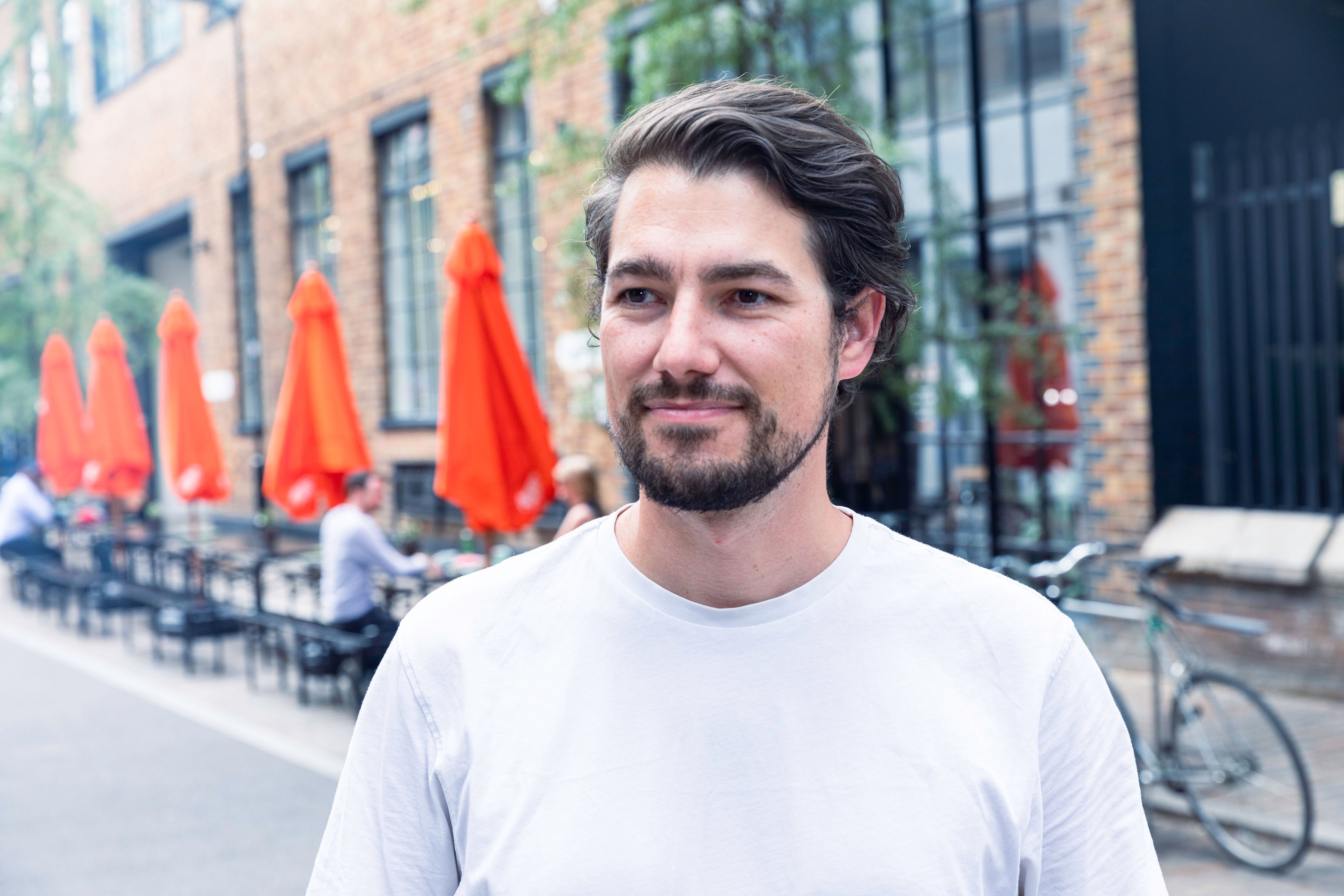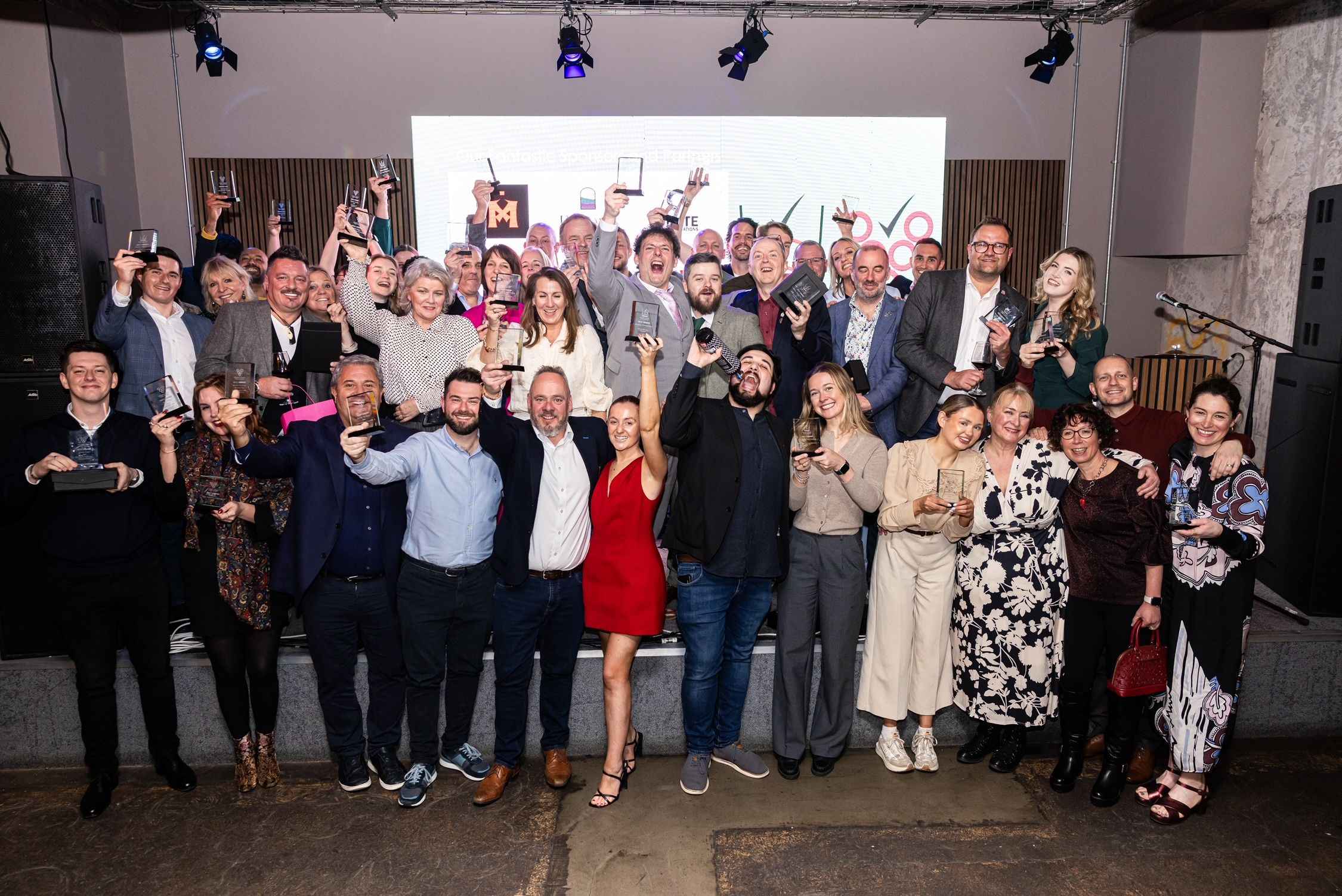Drinks companies are under enormous consumer pressure to be doing the right thing when it comes to tackling climate change and being more sustainable, but are consumers equally willing to ditch luxury glass bottles in their drinks cabinets and exchange them for refillable paper bottles, asks Yes More’s Dan Hooper.
As the world tries to move away from producing and dumping so much packaging, refillables are emerging as a possible solution.
A number of brands, including supermarkets, have already tried it, or plan to. It seems like an obvious answer to a pressing environmental problem. But while it’s all very well for dried fruit and cereals, is it a concept that can work in premium drinks?
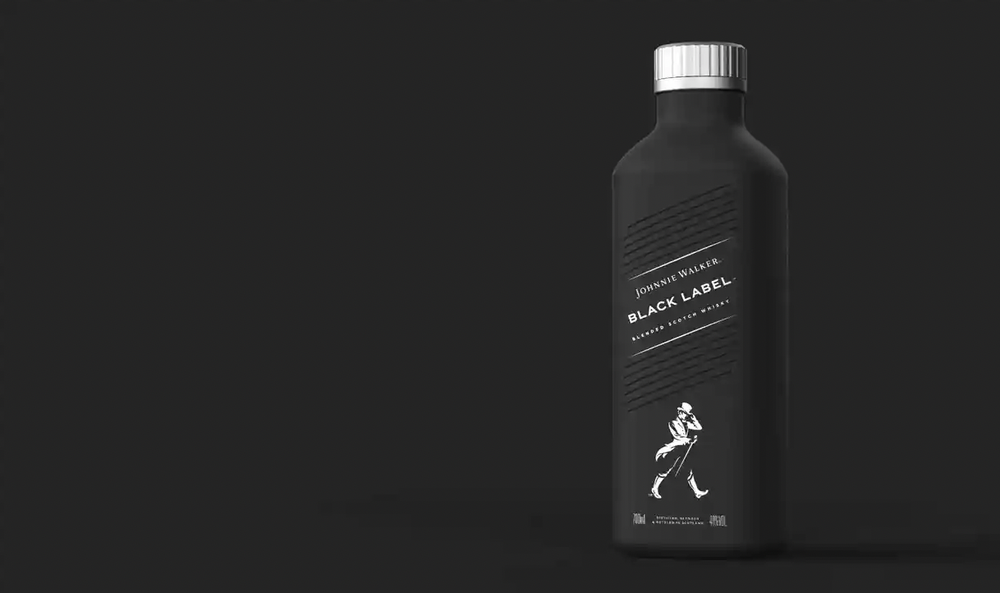
Johnnie Walker is doing its bit for sustainability with refillable whisky bottles – but is that what its consumers want?
Well, we’re about to find out, as it seems Johnnie Walker has taken the first step (couldn’t help myself). Its ‘bottle for life’ concept is simple. You start by buying one of its limited-edition bottles, and this signs you up to a subscription service. From then on, at regular intervals, a 50cl paper-based recyclable bottle is sent via carbon positive shipping to your door. This can be paused or cancelled anytime. You then decant your whisky from the paper bottle into your bottle for life and the process of whisky travelling from distillery glass becomes a little greener.
So is this the future of premium drinks? Buy one bottle, a fancy funnel and decant your regular top ups in the kitchen?
While it’s a great idea, and very headline-worthy, it raises a lot of questions about what consumers are really buying when they buy a bottle of whisky, and where the value lies in the process.
Unlike Johnnie Walker, I’m not sure the answer is purely in the liquid. Does the process of digging a funnel out from the tupperware cupboard and spilling a double JW next to your toaster change the value you apply to the brown stuff?
Whisky branding and design is big business. It’s not just because whisky firms love spending the cash. Shopping for whisky and the way you interact with the physical product is completely different from the way you buy and handle bread and milk, even though it can often happen under the same roof.
It’s a tactile experience involving the box, the bottle, the label, the storytelling. This luxury and allure are somewhat lost if one is re-filling it en masse from a tap in the supermarket or topping up from a carton at home. The experience also means that gifting – a huge part of the whisky market – is not being made more sustainable. And whisky is also a collectible – many are looking for something new to display in a collection.
Packaging and design matter
Packaging, branding, and design matter. Pouring a whisky – getting your favourite glass out, holding the weighty bottle from the cupboard, remembering who you last shared it with, or who bought it for you. The label, the selection. The clink of the bottle on the glass. They’re all part of the process.
It’s not just spirits. Beer brands have threatened delistings from pubs where secret shoppers have spotted their beer served in the wrong glass.
Conversely, liquid deli Demijohn in Edinburgh has been running successfully for many years selling refillable bottles. But buying from there is an experience – a liquid apothecary, huge jars and casks of rare drinks, and you leave with a weighty, beautiful glass bottle, something great to drink and a story to tell.
So right now, it’s more than just the pure liquid delivery that matters. Maybe this is a set of associations we need to shed if we’re going to improve our future, but it will be a long road to convincing many – let alone the brands themselves – of its merits.
So refillable isn’t ‘the’ answer – but it might be one answer, and we’ll need many approaches. For some people, this will be something they’re more than willing to do. But for many, it won’t answer what they’re looking for in a whisky. That doesn’t mean spirits shouldn’t try, though. As
expensive, often luxury brands, it’s a responsibility for this sector to take seriously. Any and all routes to making their brand more sustainable need to be on the table for fair consideration.
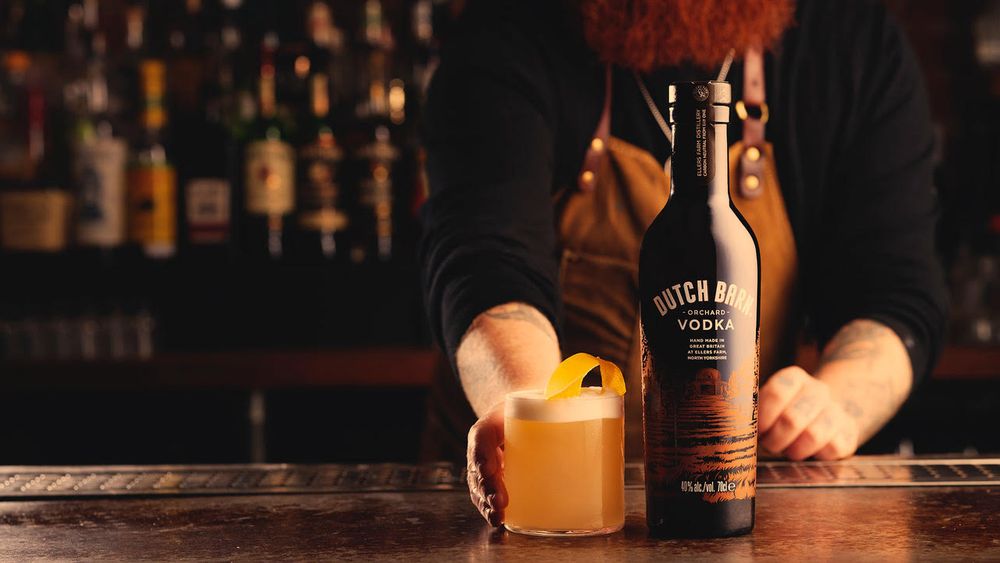
Dutch Barn Vodka is shaking up the vodka category with its brown bottle
There are other ways, though. Our client Dutch Barn Orchard Vodka, for example, is the world’s first vodka in a brown bottle – locally sourced, and 60% recycled glass, far higher than the standard for a clear glass bottle. Bottles can also be lightweighted, made of alternative materials, inks and paper sourcing can change, and production, or filling, can be localised.
Credit to Johnnie Walker for looking into new, eco-friendly ways of delivering its product to the people. We need testing, experimentation and a range of answers to get the industry sustainably into the future.
- You can find out more about the marketing and branding services that Yes More provides at its website here.
One Step Beyond Webinar July 6
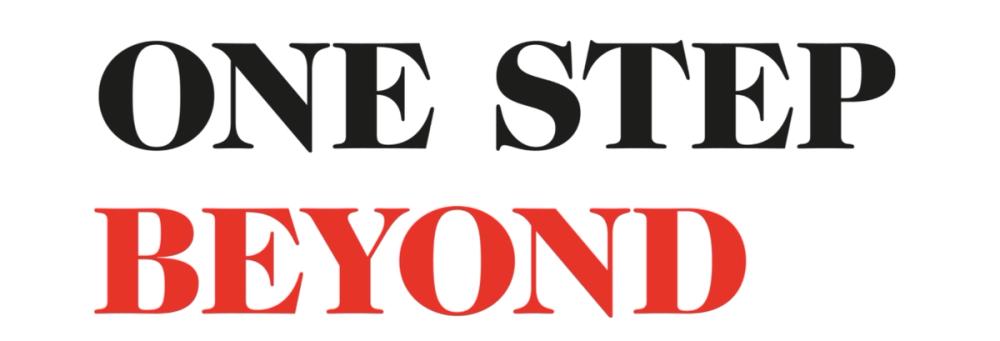
Dan Hopper will be sharing more of his insights as part of the upcoming One Step Beyond webinar co-hosted by The Buyer and Sophie Jump which is taking place on July 6 between 4pm-5.30pm (BST) on zoom.
Under the banner headline of ‘Be loved: Using social media, digital and data insight to give your brands a virtual personality and engage with and entertain your consumer’ the One Step Beyond webinar will include a combination of talks, presentations, interviews and debates. The line up of speakers is as follows:
- Social Conversations for Social Branding, Dan Hooper, co-founder YesMore Drinks
- How to grow your D to C Business with Data, Oliver Spark, chief executive, Sweet Analytics
- Discuss the above: Panel session including Robert Chin, chief executive, Aquilini Beverage Group and Paul Mabray, chief executive, Pix
- Leadership Interview with Luke Boase, founder Lucky Saint
- Using Branded Content to Accelerate Growth. Discussions led by Nick Palmer, head of product Mediacom/Bowl Grabber with Erin Smith, marketing director of Slurp, part of Freixenet Copestick and Kevin Shaw, founder of Stranger&Stranger.
- You can sign up for the free webinar here.
